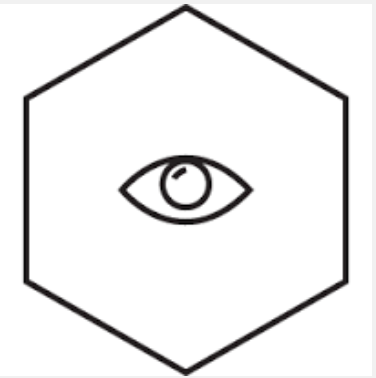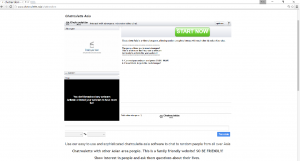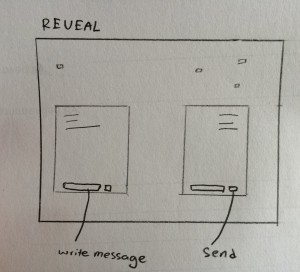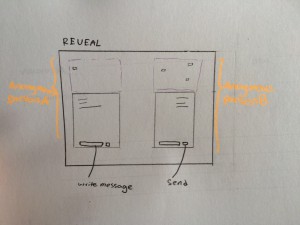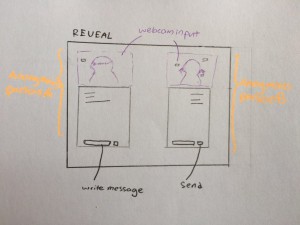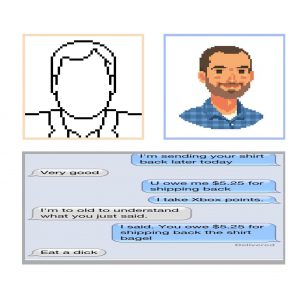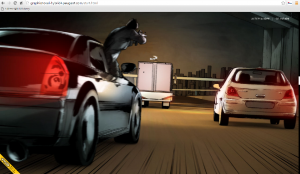Overview
Riot (1999), by Mark Napier, is an alternative Web browser that constructs its pages by merging text, images and working links from recent pages that the Riot user has surfed. The composite then appears on a single page, with overlapping text and imagery in a haphazard arrangement. The browser can accommodate up to a total of three different sites compositions, with a unique composition per browser refresh.

Definitely, Riot fits the definition of glitch, as interpreted by Rosa Menkman as,
…a (actual and/or simulated) break from an expected or conventional flow of information or meaning within (digital) communication systems that results in a perceived accident or error.
– Rosa Menkman in The Glitch Moment(um), (2011)
On two different spectrums, Riot deconstructs:
1. visual imagery and text arrangement on the webpage; and
2. the idea of a singular web surfing experience
Shattering Boundaries: Physical and Digital
In allowing multiple sites to flow together, Riot forcefully expands the virtual environment – sites are no longer constrained within their physical boundaries of the digital medium. Traditional ideas of ownership, territory and authority, already transgressed by the new form of the web (where a percentage of online content has a shared viewership and authority), is further probed: through Riot, it becomes a public space.
The dismantling of browser arrangement in Riot can be perceived as an error to the everyday user; conversely, this ‘error’ also exposes the lack of control users have on the net. Despite the conviction that users are gradually having greater autonomy on the net, they are ultimately still subject to the set web environment. Only after experiencing the have-not, then do they realise what they are privileged with – ultimately a human condition of not being able to appreciate what they already have. As such, glitches can be used to,
…bring any medium into a critical state of hypertrophy, to (subsequently) criticize its inherent politics
– Rosa Menkman in The Glitch Moment(um), (2011)
References
[i] Menkman, R. (2011) “Glitch Moment(um),” Institute of Network Cultures





